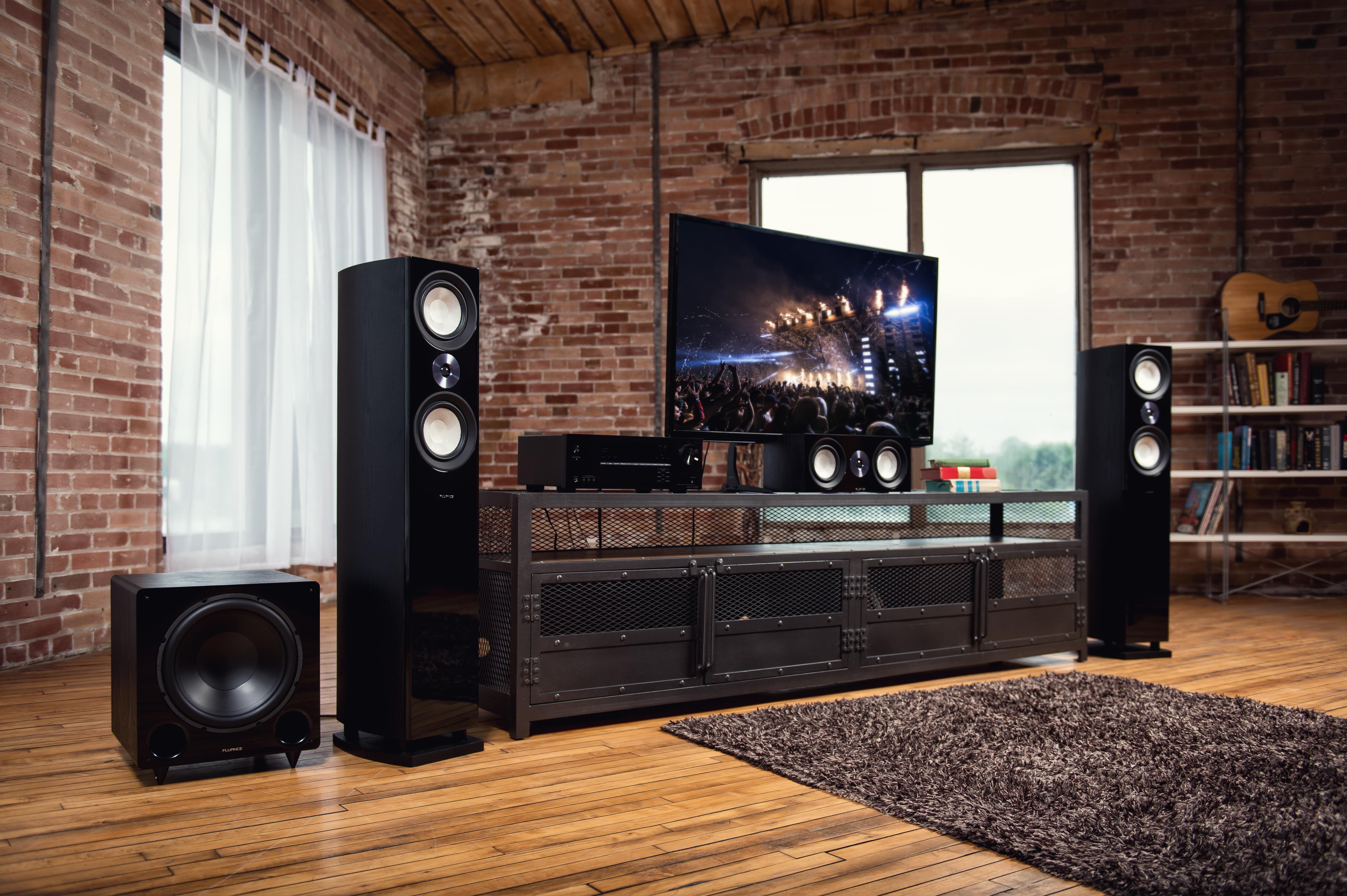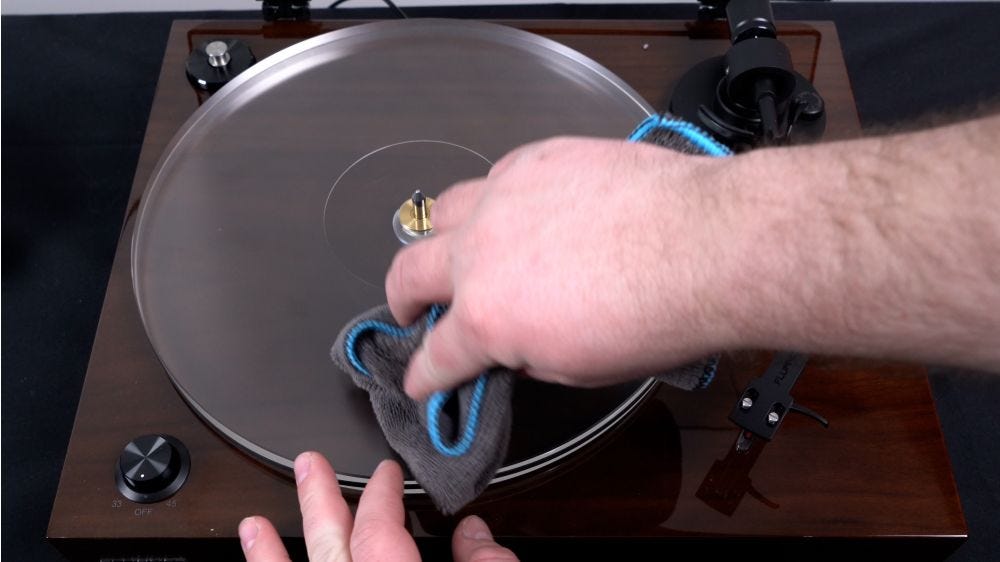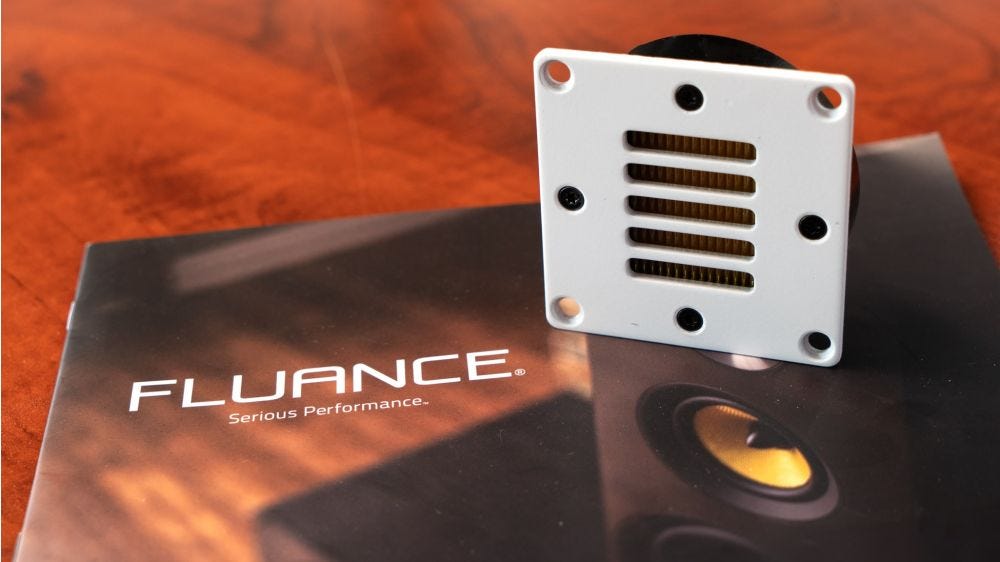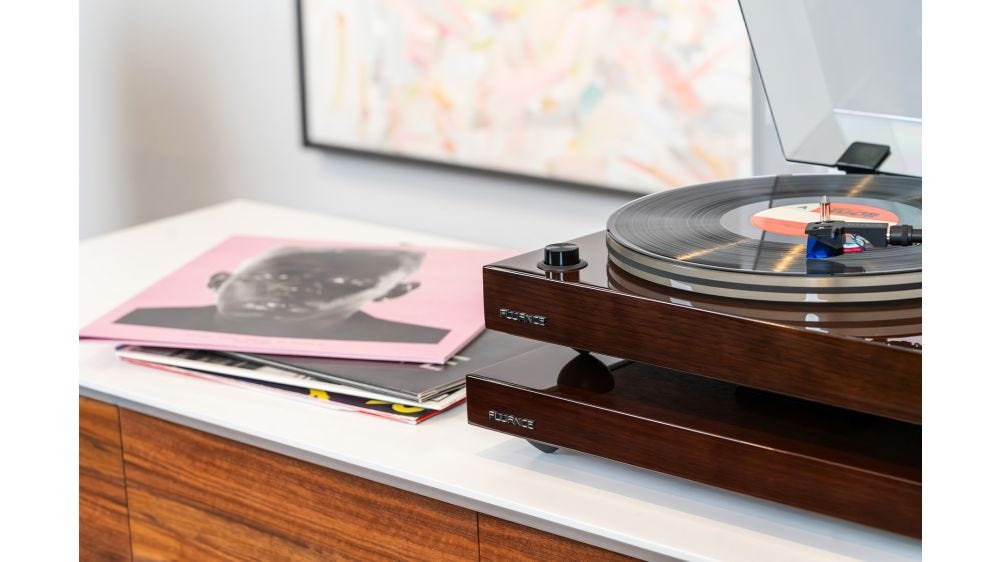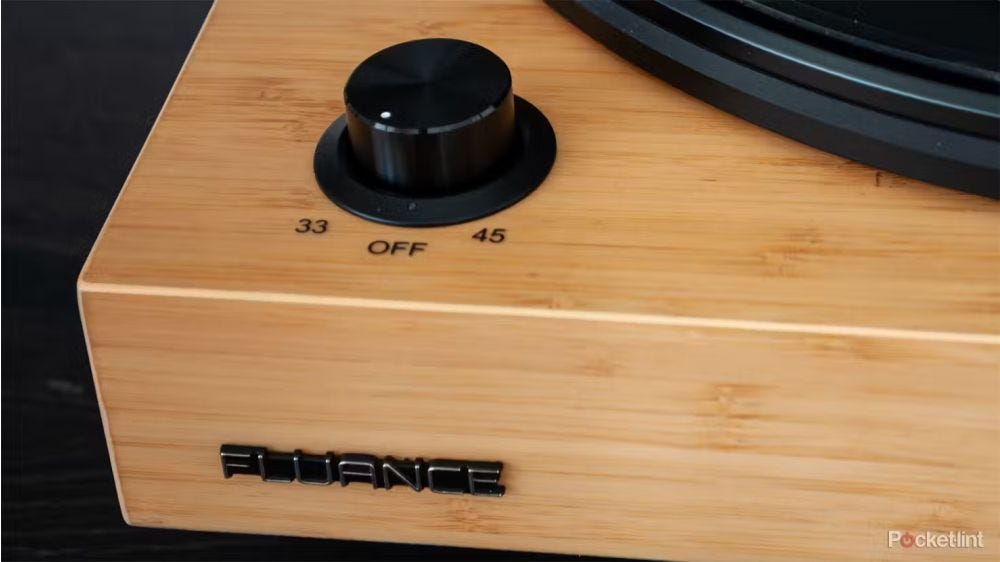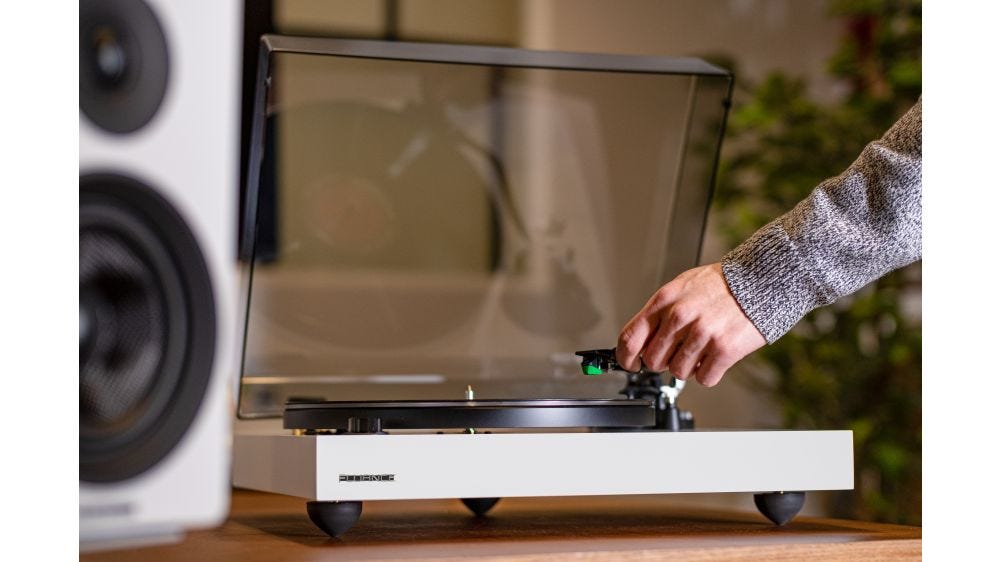An A/V receiver is more than just a box that you plug all your equipment into. It is, quite literally, "the brains of the operation" as far as your home theater is concerned. It's the single component dedicated to processing and transmitting nearly every aspect of the content you're enjoying. It makes sure audio information gets to your speakers, video information gets to your TV, etc.
Because of this, purchasing a new receiver is not a decision that should be made lightly.
You could spend thousands of dollars on top-of-the-line speakers and a brand new 4K TV set but if you skimp on the receiver to try to save a little cash, you could be experiencing only a fraction of the quality you invested so heavily in to begin with.
The "Must Haves"
If you've already invested in a set of
high-end speakers, you'll want a home theater receiver capable of outputting the type of power needed to really make the most of them. Generally speaking, more power is usually better - just not necessarily how you might think.
"More power" doesn't mean "louder volume" - it means that you're hearing clearer sound with fewer instances of distortion that sounds as close to the quality of the original recording as you can get it. If you already have speakers, make sure they're compatible with any home theater receiver you're looking at in terms of qualities like these.
As a rule of thumb, it's usually okay to match a set of speakers up with a receiver that provides about 10% more power than the speakers were built to handle. This is because of the natural fluctuations in power when watching content - not every second of every movie you watch is going to be a massive explosion. More often than not, the power ratings on speakers will be measured in watts.
Match this up with the information from the receiver's technical specifications to see how they compare.
Whether you're coming into a home theater receiver purchase with an existing set of speakers or you plan on purchasing new ones in the future, always make sure to look at factors like the impedance. Measured in ohms, lower numbers essentially mean that speakers are placing more demand on your receiver than ones with higher numbers would.
If your speakers are 6 ohm but your receiver is 8 ohm, your speakers are placing more demand on the unit than what the unit was designed to handle - this will be particularly evident during action movies with a lot of explosions. Because it's a receiver it will shut down to prevent an overload, but you'll run into issues regardless. Stay away from speakers with 4 ohm impedance in this scenario.
You'll also want to carefully consider the sensitivity rating of your speakers, which will typically be measured in DB or decibels. Higher DB ratings translate to a more efficient speaker, ultimately leading to a higher quality audio experience.
Look at the sensitivity of the speakers you plan on buying and make sure the range is supported by the receiver you either already have or are looking to purchase.
Another factor you'll want to weigh heavily comes down to connections. The vast majority of equipment you'll be dealing with in a home theater these days will connect via HDMI - meaning that audio and video are sent over the same cable.
This is true for cable boxes, Blu-ray players, streaming boxes like an Apple TV, and more. As a rule of thumb, always make sure your receiver has at least one input for every device you plan on connecting, plus an extra or two for future purchases.
However, if you also want to be able to hook up a specialty piece of equipment like a vinyl record player, make sure your receiver supports the unique type of connection it uses. If it doesn't, be prepared to buy an adapter.
The "Nice-to-Haves"
Features like networking, Wi-Fi, and streaming are certainly nice, but they're not enough to sway your decision one way or the other. The chances are high that you own multiple devices that can connect to something like Netflix - your TV is probably already among them. If you own a Roku, that's two. The fact that your receiver can ALSO connect to your network and stream Netflix is nice, but again - it's hardly mandatory.
The same is likely true for other wireless features like Bluetooth. Sure, being able to wirelessly stream music to your home theater receiver is great.
However, if you own an iPhone and an Apple TV, you can already do that thanks to Apple AirPlay. If you own an Android phone and have no streaming box, this may be something you place a higher priority on. The choice is really yours to make.
Future-Proofing Your Home Theater
In an effort to future-proof your home theater receiver and get as much use out of the unit as possible, you'll want to be on the lookout for a few key things. Chief among them will be video formats. It's odd considering that a home theater receiver is primarily responsible for audio, but many people don't realize that unless you go out of your way to create an alternate setup, video will actually pass through the receiver before it makes its way to your TV set thanks to an HDMI cable that carries both audio and video signals.
So let's say your Blu-ray player is connected to your home theater receiver and your HDTV is ALSO connected to your receiver through two separate cables. Video isn't going directly from the Blu-ray to the TV - it must pass through the receiver first.
If that receiver is compatible with 1080p resolution content, you have nothing to worry about. But say you buy a new 4K TV and the max resolution supported by your receiver is only 1080p - you're suddenly going to have to either upgrade or go out of your way to completely rewire all of your equipment.
The same is true of specialized formats like 3D content - if 3D is important to you, make sure your home theater receiver actually supports it. Also, consider any future hardware upgrades you may make to the rest of your setup.
You may only have 5 speakers and
a subwoofer now, meaning a 5.1 receiver will do just fine. But what if you buy a bigger home and want to upgrade to a
7.1 setup in the future? If your home theater receiver doesn't support it, you'll need to buy a new one.
Other Considerations
Another important factor to consider when purchasing a new home theater receiver has to do with the speakers you plan on using. Unless you purchase a "home theater in a box," there is no guarantee that every model of the receiver will work with your existing speakers. Some receivers use a proprietary plug type that essentially forces you to either have or buy speakers from the same manufacturer. So if that new 'X' brand receiver you just bought uses an oddly shaped plastic clip for speaker inputs instead of straight speaker wire, your options are now limited to only A) 'X' brand speakers, and B) ones that feature the same type of oddly shaped plastic clip.
Reference Surround Sound Home Theater 5.0 Channel Speaker System
